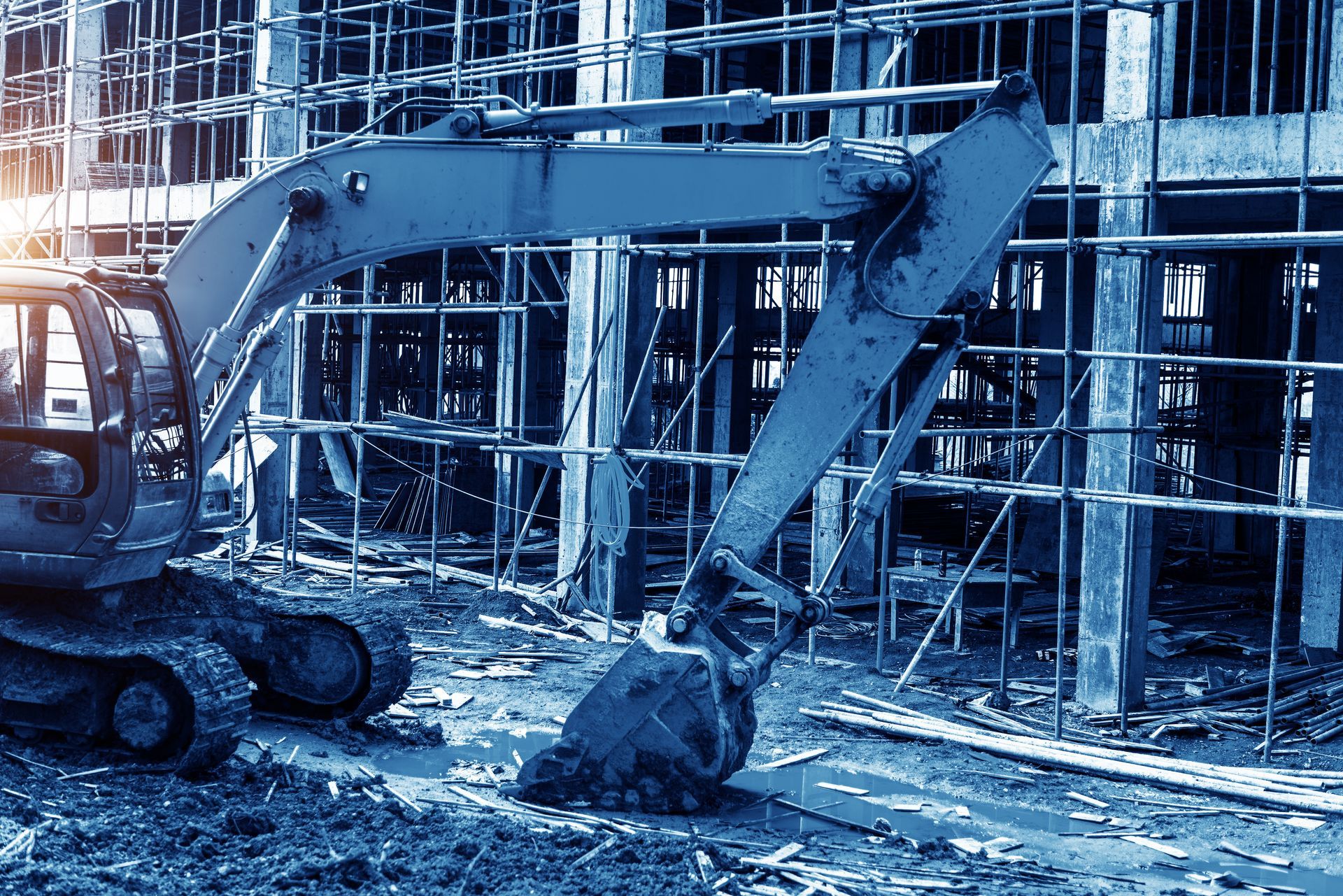How Do I Ensure ADA Compliance in Construction Projects?
There is a lot to keep track of when you are working on a new construction project. One thing that cannot be ignored is the standards set by the Americans With Disability Act. This legislation aims to make more areas safe and accessible for anyone living with a disability. Construction companies that do not make ADA compliance a priority can end up in some significant trouble. If you want to make sure that your job is done correctly the first time, you must be ready to review these standards and make a property as welcoming as possible. Our Houston construction litigation lawyers can help you if you have questions.
How Do I Meet ADA Compliance Goals?
If you want to meet ADA compliance goals, you must make your building or renovation accessible to as many people as possible. Some ADA rules request that:
- Sixty percent of public entrances to a facility must be accessible
- Accessible routes are not overly long compared to conventional routes
- Proper lighting must be installed in particularly dangerous areas
- Curb ramps have clear and detectable warnings
Essentially, you need to provide a way or multiple ways for disabled people to enter the building. Then you also have to be sure that these accessible paths are safe.
Do ADA Compliance Rules Apply to Renovations?
It’s important to note that you also need to be ADA-compliant when you are adding on to a building or project. Any kind of alteration or renovation must meet these standards.
If you renovate part of a building and do not adhere to ADA standards, you could end up in legal trouble. When a client does decide that they want you to change something on their property, making sure that you meet ADA compliance should be a top priority. You can even do one better by removing existing architectural barriers, things that could prevent movement for people with disabilities, while you take on a renovation project.
Are There Different Rules for Different Types of Projects?
There are also sometimes different rules for different types of projects. Specific projects, like commuter rail construction projects, end up having rules that would not apply to other types of renovations or newly built projects. Some examples of this include rules that require wheelchair users to have access to every accessible car at a commuter rail station.
Certain rules about accessibility can also change based on the size or function of a building. For example, elevators are not usually a requirement when a facility is three stories tall or fewer, but this rule changes if a building is used as a shopping center, the office of a healthcare provider, or a terminal of some sort. This is why it can be so important to talk to a lawyer who knows more about ADA rules.
Meet With Our Construction Lawyers
Do not move forward with any project before doing your due diligence. Review everything and make sure that you are in ADA compliance. If you have any questions about a contract and you would like an experienced professional to review it for you, contact Patout & Shaw. We would love to assist you.
The post How Do I Ensure ADA Compliance in Construction Projects? appeared first on Patout & Shaw.











